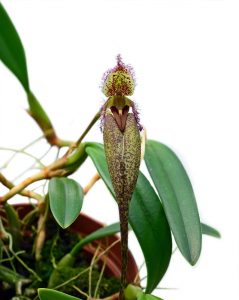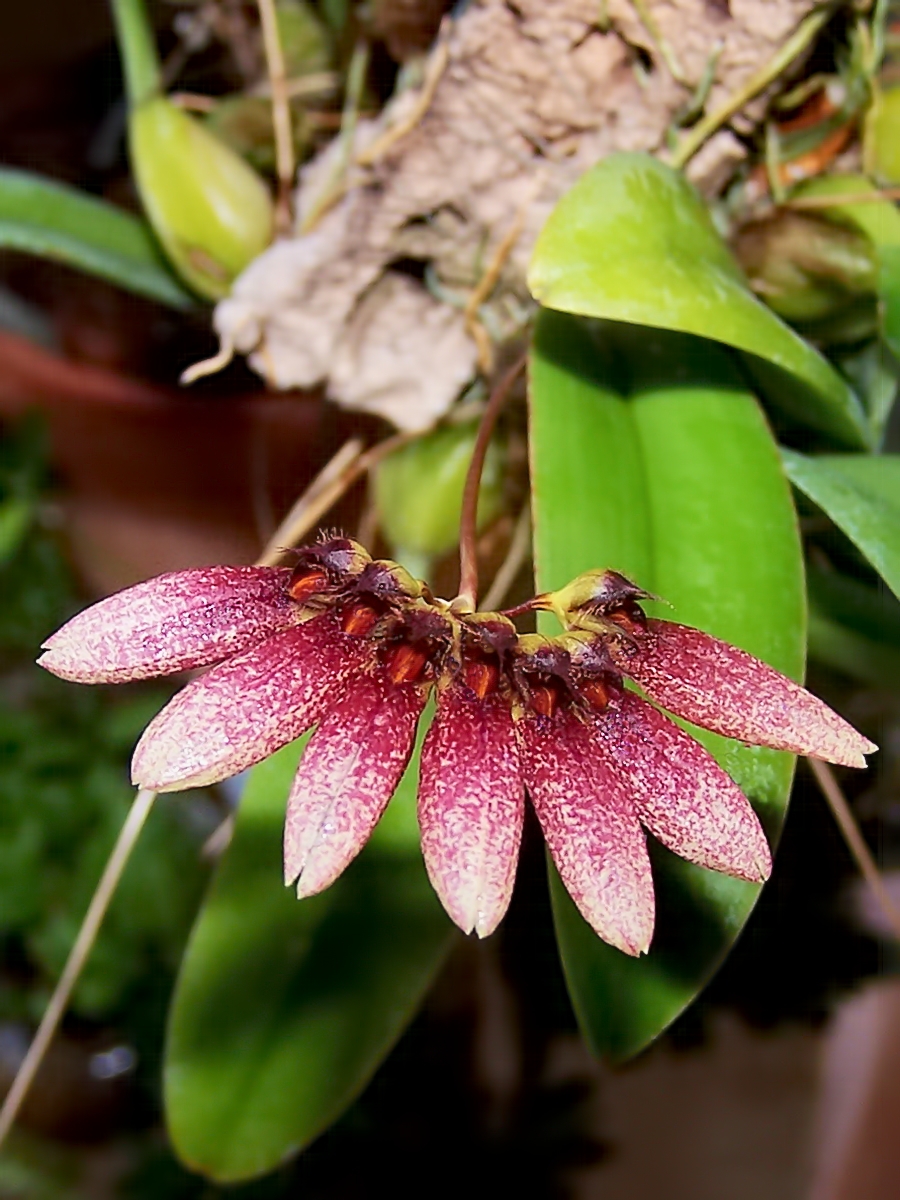Bulbophyllum orchids, also known as “Bulbos,” are the largest genus of orchids with more than 2000 species. They are named after their bulbous leaves and are known for having an incredible range of flower shapes and colours. The bizarre species are considered to be excellent specimens for orchid collectors. Bulbophyllums can usually be found in the warmer parts of the world, such as Thailand and Vietnam. Various species have adapted to grow on diverse habitats from high mountains to sea level. Similar to the majority of other orchid types, Bulbos are epiphytic plants, (they grow on the tree trunks in forests). In general, as most Bulbophyllum orchids come from the rainforests, they require high humidity and good air movement.
As most Bulbophyllum species are warm growing and should see a winter temperature of no less than 18C at night. Species from more temperate regions can be grown 5-10 degrees cooler. Humidity should be kept at 60%, which can be difficult to do outside of the greenhouse. However, many growers have found that their Bulbos seem to tolerate humidity as low as 18%.
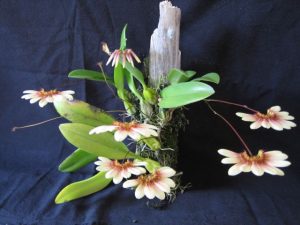
Water frequently, as both mounted (at least daily) and potted plants (several times a week) will thrive under wetter conditions than most orchids and they have a fine root system. Bulbophyllum may be the exception to the rule “when in doubt, don’t water”. Species from more temperate regions often have a dry period, and watering should be adjusted accordingly. Bulbophyllum orchids enjoy moderate to bright lighting, with the morning being the best time for receiving sunshine. You should try to shield your plant from direct sunlight around midday when the sun is too intense. This is not necessary on cloudy days and after 3pm. Depending on the species, Bulbos can tolerate lower light conditions, however, you will see less flowering if that is the case. Due to their ability to grow in diverse habitats, you should check specific instructions for the species you are trying to grow. You can use the website orchidspecies.com to check the climate characteristics for your particular plant. Regardless of the species, avoid placing your orchid near any cold draft of air, as this will soon damage your plant.
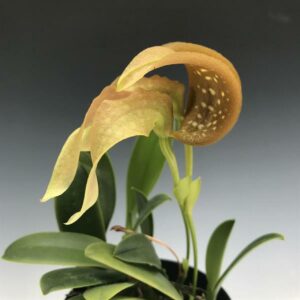
Use a balanced fertilizer at quarter strength once a week during the summer. This can be reduced to once a month in the winter. Bulbophyllums enjoy regular, slow-release fertilizers, particularly during the summer months.
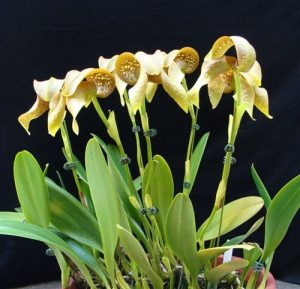
Bulbophyllum species tend to prefer a minimum of repotting. Mounting (tree fern or cork slabs) and shallow pots can all be used successfully. The recommended potting media are sphagnum moss, bark with perlite, coir (coconut chips or fibers) and tree fern. The choice of potting will often be dictated by the very long rhizomes of some species. If you have planted your Bulbophyllum in bark, it will need more frequent watering, as bark tends to dry faster. On the flip side, if you have planted your orchid in moss mix, check that the moss has just dried, before watering it again. To initiate flowering, some types of Bulbophyllum require a period of drought. Remember that these are epiphytic plants, and they have adapted to drought between the rainfalls.

As an epiphytic plant in their natural habitat, Bulbos have an extensively developed system of very fine roots. If you repot the orchid without proper care, you can easily damage their delicate root system.
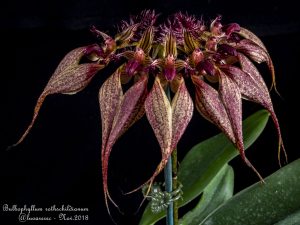
The good news about these orchids is that they generally bloom throughout the year, with one of two more showy and major blooms. Once the flowers appear, they tend to last between one and six weeks, depending on the species. If you don’t see blooming occurring for some time, the trick is to move your orchid to a brighter place or suspend watering for a bit, depending on the orchid type.
